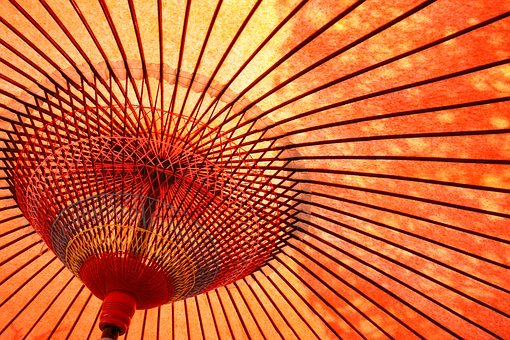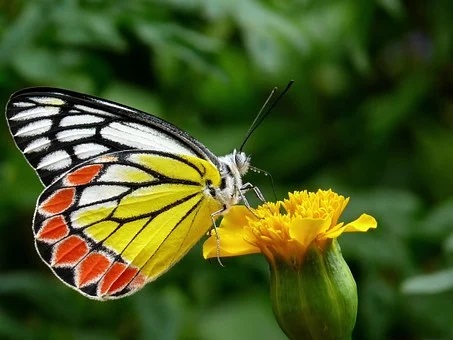The place where you meditate needs good light, especially when engaging in the practice. The thangka should be illuminated from behind. If the light on the thangka is too dark or uneven, this will cause problems with the visualization.
Next, sit in front of the thangka in the seven-point posture of Vairocana, fixing your eyes on the thangka without discursive thoughts, concentrating on the thangka—just let your mind and eye consciousness dissolve into the thangka. After some time, the image of Vajrasattva will gradually appear in your mind. You can then test if the image will also do so with your eyes closed. If the image disappears when you close your eyes, then just continue to observe the thangka. The teachings on the development stage practices describe various methods to remedy the problems that may arise during practice. For instance, a seated image in the thangka might end up being a standing image in your visualization, or the visualized image of the deity might be without a head, a hand, or some bodily ornaments, or the visualized image might be distorted. There are many methods to remedy this in the teachings. However, we don’t need to involve ourselves with elaborate visualizations at this stage. For now, we just need to engage in simple visualization.
~Depicted from VAJRASATTVA PRACTICE – THE WISH-FULLILING JEWEL











